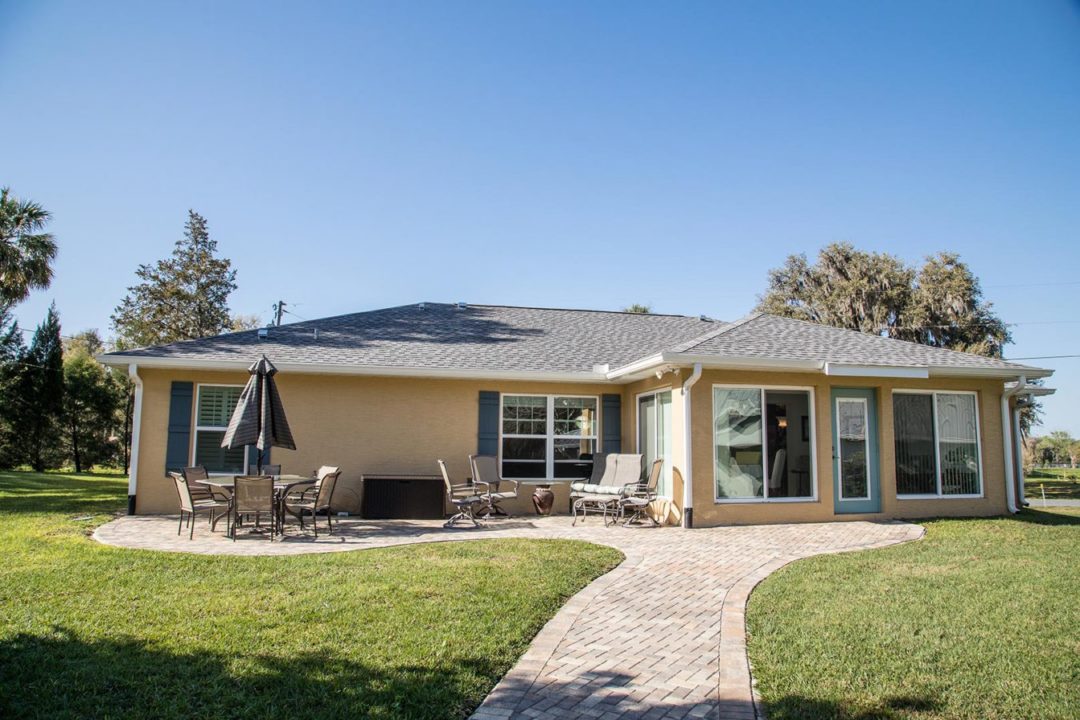In this recent article from the National Association of Home Builder, US household wealth is driven primarily by homeownership. Owning a home is a great way to build not only wealth but also security and stability. Because of this, It’s important to address the rising costs of homeownership due to the continued increase in materials and labor. Continue below to read the full article.
Homeownership Is Primary Driver of U.S. Household Wealth
(NAHB), As the nation’s home builders celebrate National Homeownership Month in June, new research shows a household’s primary residence is its largest asset and continues to provide an important building block for long-term financial security.
The latest edition of the Survey of Consumer Finances, published by the Board of Governors of the Federal Reserve System, reports that the primary residence accounts for about one-quarter of all assets held by households in 2016, ahead of other financial assets, business interests and retirement accounts.
“Homeownership is a primary source of net worth for many Americans, and is an important step in accumulating personal financial assets over the long term,” said Randy Noel, chairman of the National Association of Home Builders (NAHB) and a custom home builder from LaPlace, La.
Building equity and accruing wealth when the value of your home appreciates are among the longer-term financial benefits of homeownership. Americans had a record-high $14.4 trillion of equity in their homes in the fourth quarter of 2017.
The national homeownership rate of 64.2 percent shows signs of sustained growth after bottoming out to a cycle low of 62.9 percent in the second quarter 2016. Yet, this number is still down from the peak of 69.2 percent in 2004, and remains below the 25-year average rate of 66.3 percent.
“We must continue to address the obstacles that remain for many potential home buyers, including factors that increase the cost to build new homes. Skyrocketing costs for lumber is the number one challenge for builders right now,” Noel said.
Since January 2017, rising lumber costs have increased the price of an average single-family home by nearly $9,000 and the market value of an average new multifamily housing unit by over $3,000. While there are many reasons for increasing lumber costs, the primary factor is the 20% effective tariff rate placed on Canadian softwood lumber.
NAHB has been fighting back against the rising prices by urging the president to resume talks with Canada to find a long-term solution to this trade dispute.
“These tariffs are making housing less affordable for American families,” Noel said. “NAHB will continue working on all fronts to find solutions that will ensure a lasting and stable supply of lumber imports into the U.S. at a competitive price.”

